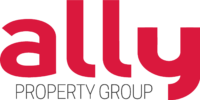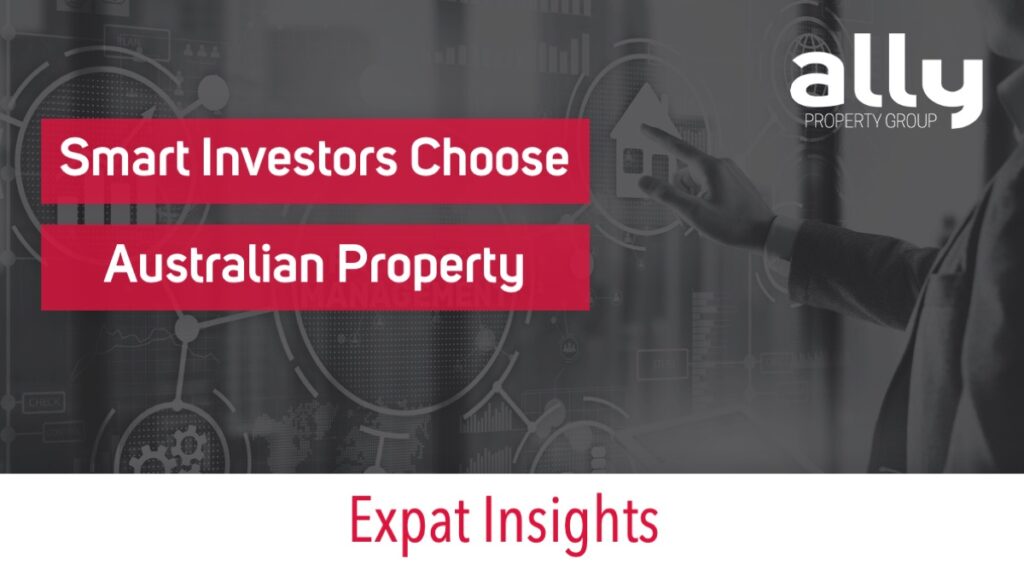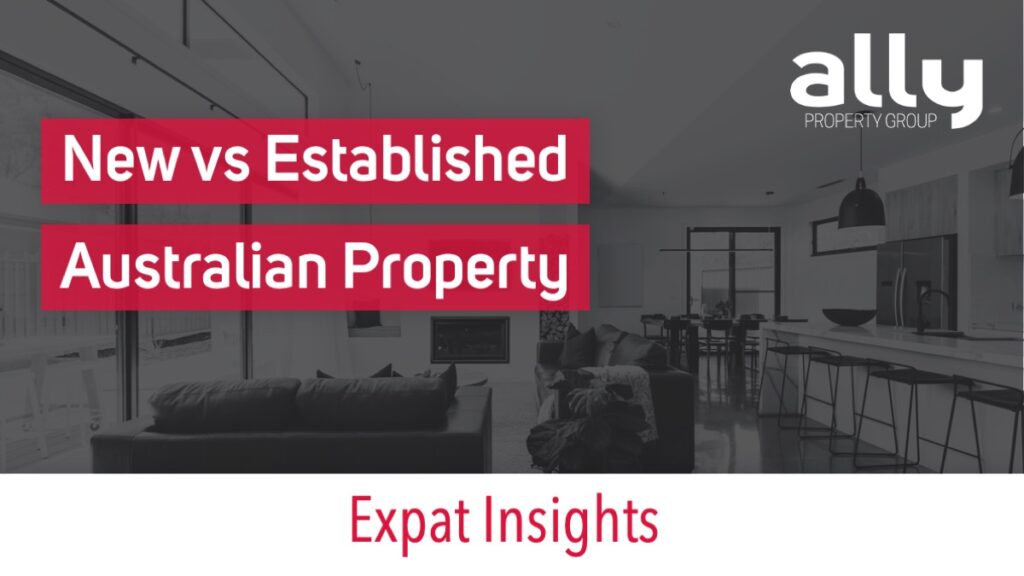Should Investors Look to Positive Cash Flow Properties
When it comes to property investment, everyone has their unique goals. Some aim for long-term wealth through capital growth, while others prioritise are focused on shorter term financial freedom. If you're an investor seeking steady income and financial security, positive cash flow properties might already be on your radar. But are they the right choice for you?
Let’s dive into what positively cash flow properties are, their pros and cons, and whether they fit your investment strategy.
What Are Positive Cash Flow Properties?
Positive cash flow properties are exactly what they sound like—properties that put money in your pocket every month. This is after you've covered all your expenses, including the mortgage, property management fees, maintenance, insurance, and even taxes, you’re left with surplus cash.
For example, imagine you own a rental property generating $2,000 a month in rental income. If your total expenses are $1,800, you have $200 left over. That’s positive cash flow. These properties are often found in high-rental-yield areas, where rental income is relatively high compared to the purchase price.
The Benefits of Positive Cash Flow Properties
Positive cash flow properties offer several advantages, especially if you're after stability and regular income. Let’s explore the key benefits:
- They Provide Regular Income
One of the most attractive features of positive cash flow properties is the steady stream of income they generate. Unlike negative gearing, where you rely on future property value increases, positive cash flow properties provide immediate financial benefits. This income can be used to cover living expenses, reinvest in your portfolio, or even pay down debt.
If you’re a retiree or planning for financial independence, these properties can serve as a reliable income source, reducing your reliance on other investments or government support.
- They Improve Your Cash Flow
Having a property that earns more than it costs to hold can significantly ease your financial stress. It can help cover unexpected expenses, such as emergency repairs or higher interest rates. For beginner investors, strong cash flow can reduce the risks of overextending yourself financially.
- They Can Reduce Financial Risk
Positive cash flow properties act as a buffer during uncertain economic times. For example, if interest rates rise or rental markets soften, the extra cash flow can help absorb the impact. You’re less likely to be forced into selling a property prematurely, which can sometimes happen with negatively geared properties if you’re unable to cover losses.
- They Enable Reinvestment Opportunities
With extra cash in hand each month, you have the option to reinvest. You might save for a deposit on your next property, pay down existing loans faster, or diversify into other investments. This compounding effect can accelerate your wealth-building journey.
The Challenges of Positive Cash Flow Properties
While the benefits are compelling, no investment strategy is perfect. Positive cash flow properties come with their own set of challenges, which you’ll need to weigh carefully.
- They May Offer Lower Capital Growth
Positive cash flow properties are often located in areas with slower capital growth, such as regional towns or less sought-after suburbs. While you enjoy immediate income, the property’s value may not increase as quickly as properties in high-demand metropolitan areas. This trade-off can affect your long-term wealth if capital growth is one of your key investment goals.
This also depends on how the positive cash flow is achieved. Is it a small studio apartment with a high yield and low capital growth prospects, or is it a house with a granny flat in a blue-chip suburb that is expected to deliver much better capital growth over time...? It’s important to ensure you’re measuring the right aspects here.
- Higher Taxes on Rental Income
Positive cash flow properties increase your taxable income, which could mean a larger tax bill. This is particularly relevant if you’re already in a high-income tax bracket. Unlike negative gearing, where losses can offset your income, the additional income from a positive cash flow property adds to your taxable earnings.
This is also true for Australian expats where there is no tax-free threshold and the non-resident tax rate starts at 30% on the first $135,000. This can make positively geared properties even less attractive for Australian expats.
- Finding the Right Location Can Be Challenging
While positive cash flow properties are common in regional areas, not all of these locations are created equal. Some areas may have high rental yields but lack long-term growth potential or stable rental demand. Choosing a location requires careful research into factors like population growth, infrastructure development, and employment opportunities.
It's also important to consider that if you're looking at dual key or multiple dwelling income opportunities, that you're considering the current and future supply/demand equation for the area that you're looking to invest in.
- Potentially Higher Maintenance Costs
Some high-yielding properties, particularly older ones, may require more maintenance. If repair costs pile up, they could eat into your profits and turn a positive cash flow property into a financial burden.
Should You Consider Positive Cash Flow Properties?
Positive cash flow properties aren’t a one-size-fits-all solution. Whether they’re right for you depends on your financial goals, risk tolerance, and investment strategy. Here are some scenarios where they might make sense:
- You’re Starting Out as an Investor
If you’re new to property investing, positive cash flow properties can provide a safety net. The steady income can reduce financial stress and build your confidence as an investor. - You’re Focused on Income Generation
Retirees or those approaching retirement often prioritise income over growth. Positive cash flow properties can provide a stable, predictable income stream during your golden years. - You Want to Diversify Your Portfolio
If you already own negatively geared properties or investments with high capital growth potential, adding positive cash flow properties can balance your portfolio and reduce overall risk.
How to Identify Positive Cash Flow Properties
If you’re thinking about adding positive cash flow properties to your portfolio, here are some tips to help you find the right ones:
- Focus on Location
Look for areas with high rental demand and affordable property prices. Regional towns, suburbs near universities, and areas with strong employment opportunities are often good candidates. However, ensure the area has a stable or growing population and sufficient amenities to attract tenants.
- Crunch the Numbers
Calculate all potential income and expenses before buying. Consider rental income, mortgage repayments, property management fees, maintenance, insurance, and taxes. Aim for a comfortable buffer to ensure you remain cash flow positive even if expenses rise.
- Look for Value-Adding Opportunities
Properties with granny flats, the potential for dual occupancy, or opportunities for renovations can boost rental income and improve cash flow. Adding value to a property can also help mitigate the risk of slow capital growth.
- Take Advantage of Tax Benefits
Use depreciation schedules and other tax-deductible expenses to reduce your taxable income. While the rental income is taxable, depreciation can help offset some of the tax burden.
Positive Cash Flow vs. Negative Gearing
It’s worth comparing positive cash flow properties to negatively geared properties to see which aligns better with your goals. While negative gearing often suits investors looking for long-term capital growth and tax benefits, it can strain cash flow in the short term. Positive cash flow properties, on the other hand, provide immediate income but may lack the same capital growth potential. The right choice depends on your financial situation and priorities.
Conclusion
Positive cash flow properties can be a great tool for investors who value steady income, improved cash flow, and lower financial risk. However, they’re not without challenges, including potential tax implications and slower capital growth. The key is to evaluate your goals and ensure this strategy fits into your overall investment plan.
If you’re unsure where to start or want help building a balanced portfolio, consider seeking advice from a property investment expert. Positive cash flow properties may not be a perfect solution for everyone, but with the right approach, they can play a valuable role in your investment journey.
Embark on your property investment journey with Ally Property Group, your trusted ally in Australia's real estate market. Our expert advisers are dedicated to crafting personalised investment strategies for Australian expats and residents alike, aiming to enhance your portfolio and maximise returns. Start building your wealth with Ally Property Group, where strategic insights, analysis and modelling leads to prosperous investments.
We’re more than just property advisers. As Australian expats ourselves, we've navigated the intricate world of property investment both at home and abroad. With a legacy rooted in financial services, we offer a holistic, transparent, and strategic approach, ensuring you're equipped with the knowledge and confidence to make informed decisions.
Book an obligation-free, complimentary consultation here today.
General Information Warning: The information contained herein is of a general nature only and does not constitute in any way, personal advice. You should not act on any recommendation without considering your personal needs, circumstances, and objectives. We recommend you obtain professional property investment advice specific to your circumstances.
Pay it forward! Share this article with your friends and network.



